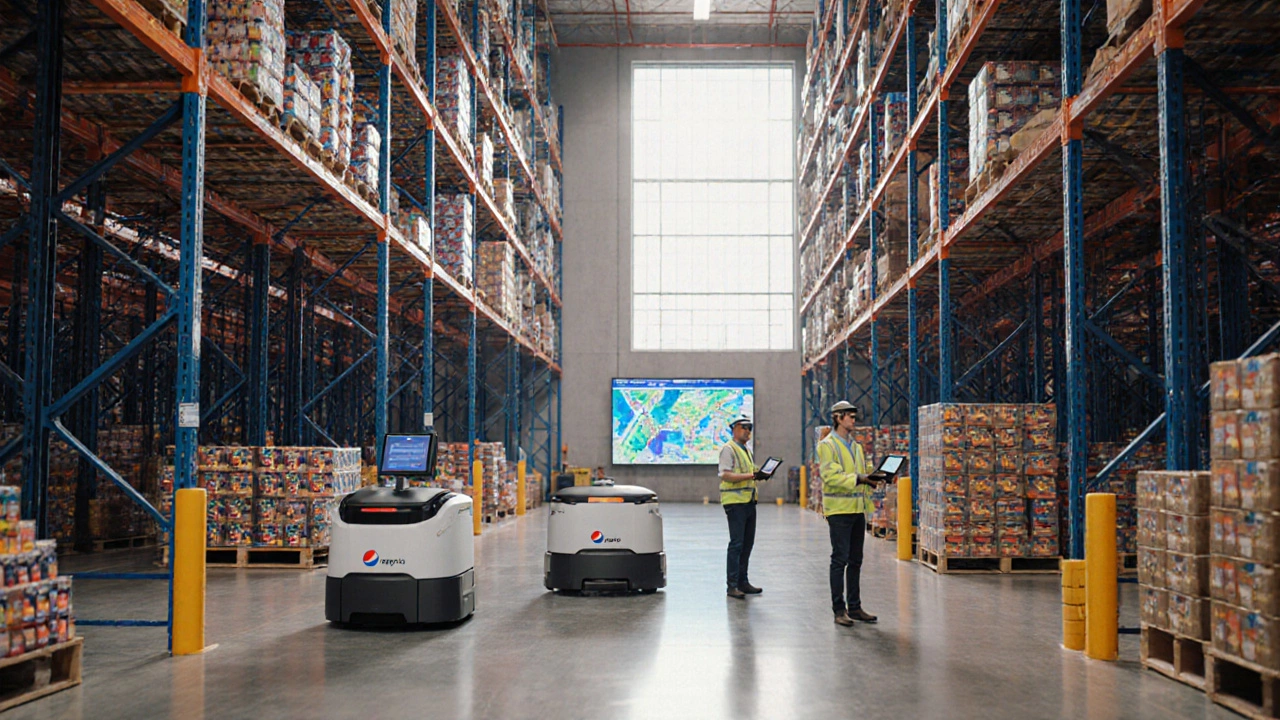Which Warehouse Management System Does PepsiCo Use?
Discover which Warehouse Management System PepsiCo uses, why it was chosen, key features, integration details, and how to evaluate a WMS for large enterprises.
When working with PepsiCo WMS, a warehouse management system tailored for PepsiCo’s supply chain operations. Also known as PepsiCo Warehouse Management Software, it coordinates every step from receiving to shipping, ensuring data accuracy and real‑time visibility across the network.
One of the core companions of PepsiCo WMS is Inventory Management, the process of tracking stock levels, locations, and movements within a warehouse. Without precise inventory data, the WMS can’t optimize picking routes or maintain safety stock. Another close partner is Transportation Management, the system that plans, executes, and monitors freight movement. Integration between WMS and TMS lets PepsiCo synchronize inbound deliveries with outbound shipments, cutting dwell time and reducing freight costs.
PepsiCo WMS also leans on Warehouse Automation, technology like conveyors, sortation robots, and voice‑directed picking. Automation feeds real‑time data back to the WMS, which then adjusts labor schedules and order priorities on the fly. This feedback loop creates a semantic triple: PepsiCo WMS requires warehouse automation to boost order fulfillment speed. Likewise, inventory management influences warehouse automation decisions, and transportation management benefits from the visibility that PepsiCo WMS provides. These connections help keep the supply chain tight and responsive.
Beyond the tech, the people side matters. Store managers, fulfillment coordinators, and third‑party logistics partners all interact with the system. The WMS offers dashboards that translate complex data into actionable insights—like which SKU is slowing down a pick path or which dock door is under‑utilized. By turning raw numbers into clear visual cues, PepsiCo WMS empowers staff to make quicker, better decisions without needing a data science degree.
From a cost perspective, the system delivers measurable savings. A 2023 case study showed a 12% reduction in labor hours after PepsiCo integrated automated slotting with its WMS. Another report highlighted a 9% drop in freight spend thanks to better dock scheduling and reduced empty miles. These figures illustrate the attribute‑value pairs: Attribute = labor efficiency, Value = 12% reduction; Attribute = freight cost, Value = 9% drop. In short, the software pays for itself by shrinking waste across the warehouse floor.
What you’ll see next is a curated set of articles that dive deeper into the topics that surround PepsiCo WMS. Whether you’re curious about how Excel can track inventory, the differences between UPS WorldShip and other shipping software, or the latest trends in e‑logistics, the collection below offers practical tips, real‑world examples, and step‑by‑step guides. Keep reading to discover how each piece fits into the bigger picture of modern warehouse management.

Discover which Warehouse Management System PepsiCo uses, why it was chosen, key features, integration details, and how to evaluate a WMS for large enterprises.